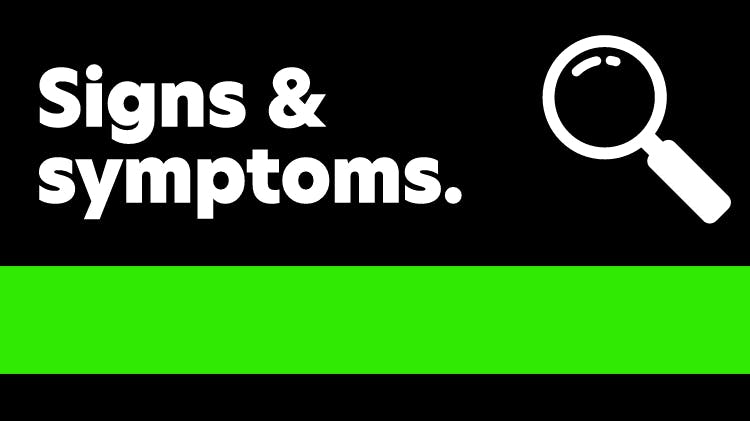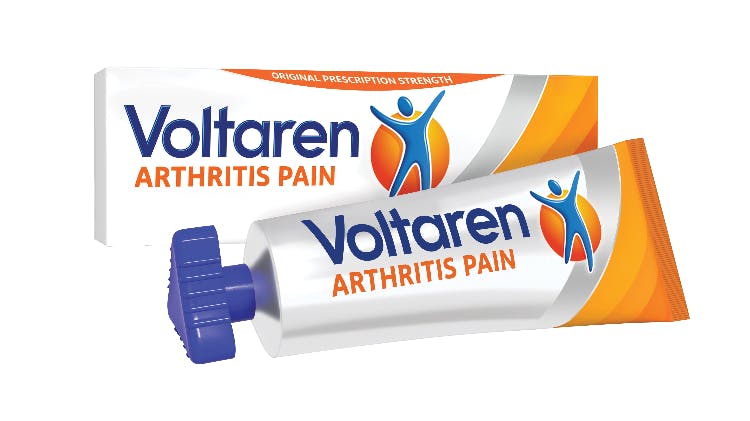Common Causes of Musculoskeletal Pain

Musculoskeletal pain can occur throughout the entirety of patients’ lives and can take on many different forms within this timeframe. From sudden, isolated injuries like fractures, sprains and strains to long-term diagnoses like chronic low back pain and osteoarthritis, there are over 150 conditions that affect the musculoskeletal system and can result in temporary or lifelong limitations in mobility.1
Because treating the root causes of patients’ pain can help to relieve their symptoms, it’s important for healthcare professionals to take the time to identify any underlying causes or conditions that could help to shape the development of more effective and personalized treatment plans for their patients.
Musculoskeletal Pain 101: Causes
Explore related content


Listen To Pain
Explore our tools & resources designed to help you have better conversations with your patients.

What are the signs of musculoskeletal pain?
Learn more about the common signs and symptoms of musculoskeletal pain.


How can patients manage their pain?
Brush up on common treatment strategies for musculoskeletal pain sufferers.

